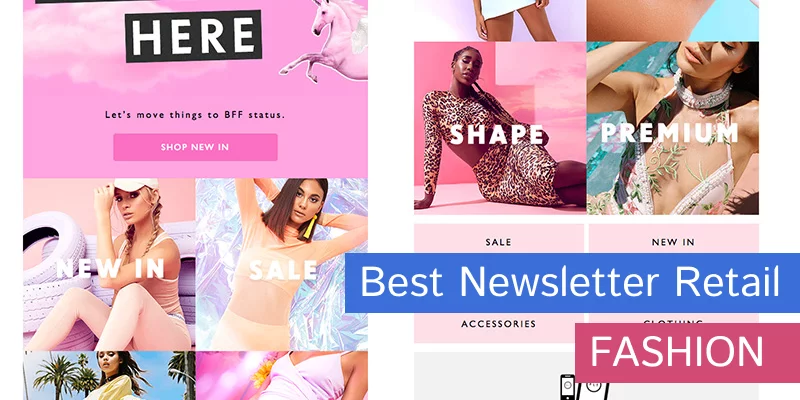
How to Create Converting Newsletters for Fashion Stores?
Email marketing is the easiest and cheapest way to achieve business growth. It helps your …
The fashion industry has been one of the most affected industries since the beginning of the pandemic in 2019.
However, it has experienced remarkable growth as things slowly return to normal. In fact, the global fast fashion market is expected to grow at a compound annual growth rate (CAGR) of 15.6% from $106.42 billion in 2022 to $122.98 billion in 2023.
Additionally, the Fast Fashion Global Market Report 2023 projects that the global fast fashion market size will increase to $184.96 billion by 2027.
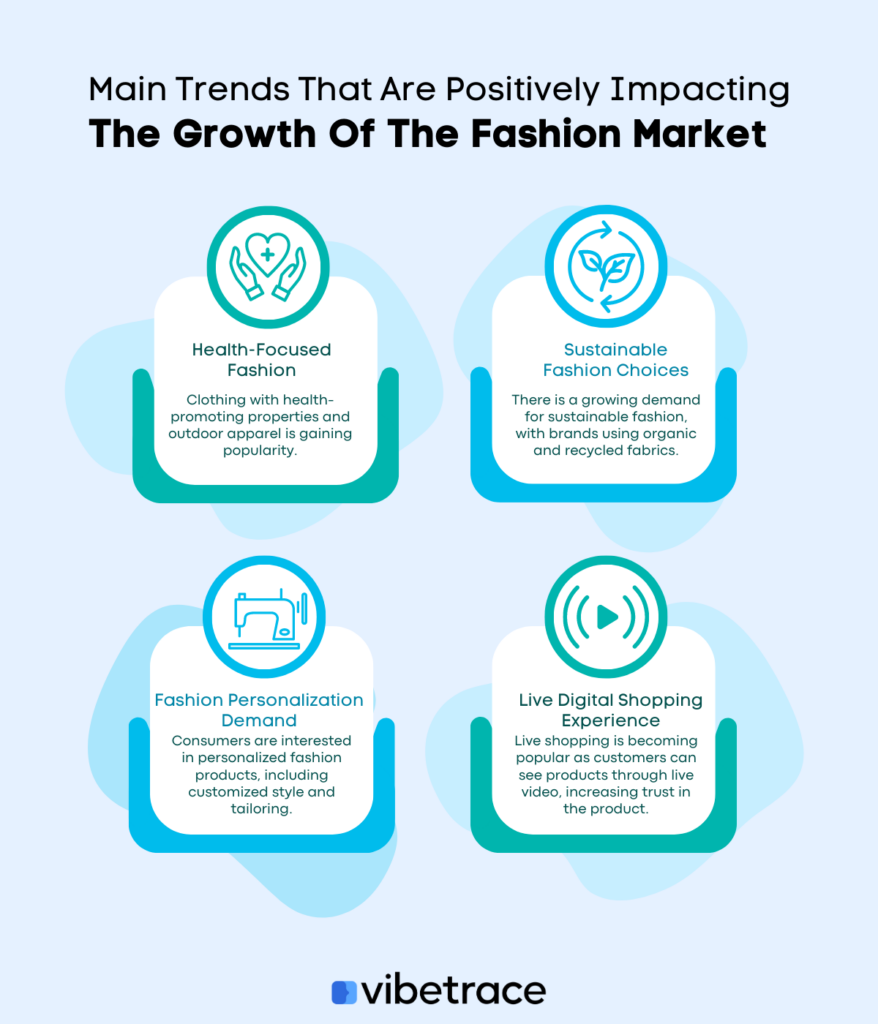
Since the pandemic happened, many people have become more concerned about their physical and mental health. This has prompted manufacturers and brands to promote products with health-promoting properties, such as nanocapsules that are great for skin, and garments with antiviral properties that can kill viruses and bacteria.
In addition, to keep up with fashion trends, many have started to ensure that the clothes they promote are comfortable and have a great style, especially for women.
Over the years, there has also been an increase in apparel for outdoor activities as more people choose to improve their lifestyles by participating in more outdoor activities. As a result, sales of jersey suits and yoga clothes have increased.
If you want to learn more about the outdoor industry, click here.
According to the market research firm GlobalData's report Sustainability in the Apparel Industry - Analyzing Trends, Opportunities, and Strategies for Success, fashion brand consumers are becoming more aware of the industry's negative impact on the environment.
This resulted in many consumers being concerned about clothing that uses organic and sustainable materials in order to reduce carbon footprint and maintain an environmentally friendly manufacturing process.
In this case, fashion brands have begun to incorporate sustainability.
Furthermore, sustainable fashion brands ensure that they use materials that require fewer chemicals, water, and energy by using natural and recycled fabrics while maintaining quality. Biodegradable materials may include linen, hemp, organic cotton, and Tencel.
According to global research, 84% of consumers are interested in personalized products, and many are willing to pay more for them.
Personalization in the fashion industry refers to customizing the style (changes in color prints, fabrics, and styles) as well as tailoring body shape. Because consumers have different fashion styles and sizes, they tend to engage in personalized products that are perfectly tailored to them.
In fact, according to an Accenture survey, nearly a third (31%) of brands offer personalized prints, but very few allow for customization of fabrics, applications and trims, or styles and silhouettes, despite the fact that these are equally popular with consumers.
While online shopping is undeniably growing, live shopping has proven to be profitable. This is true because retailers have the opportunity to promote their products in front of the camera in just a few hours.
And, while many people enjoy seeing products in front of them, live shopping is similar to how it is in a direct store in that customers get to see how a specific garment looks through the live video of the retailer, which increases their trust in the product.
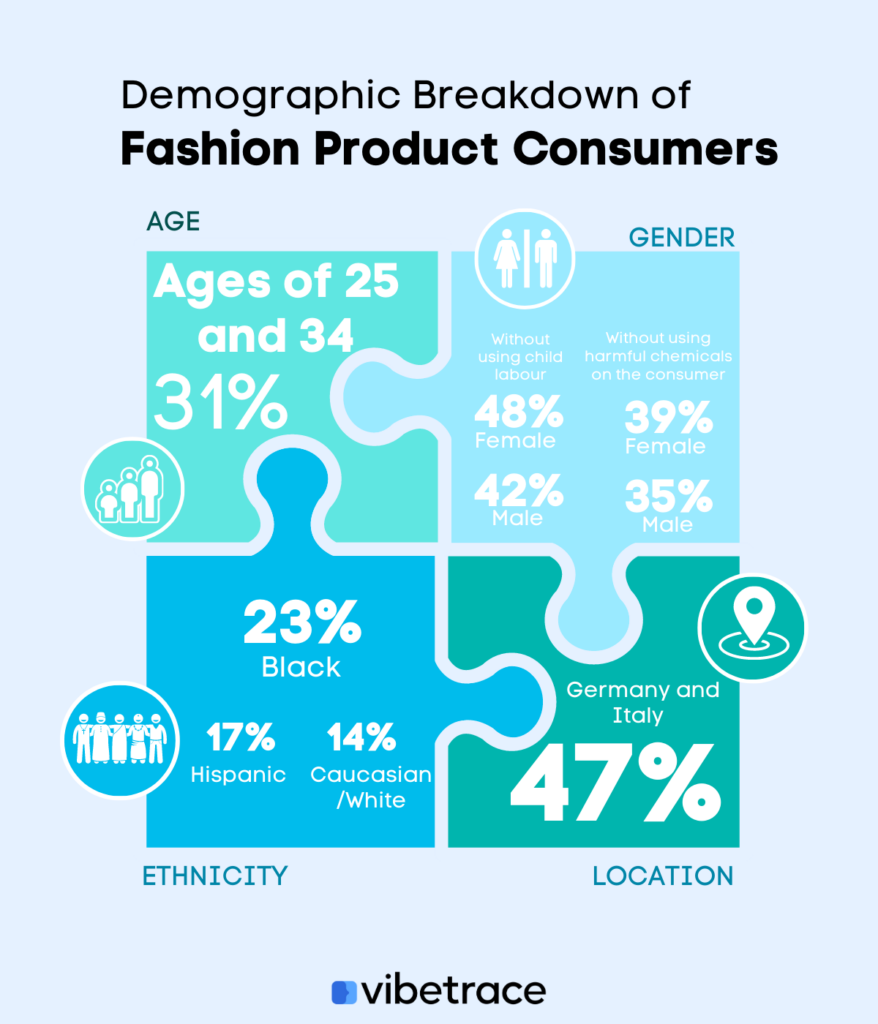
Statista data shows the age breakdown of visitors to adult fashion retail websites in 2021. The majority of visitors, 31% of all visitors, were between the ages of 25 and 34. Visitors aged 18 to 24 made up 17.8% of all visitors, while those aged 35 to 44 made up 17.2%.
The remaining visitors ranged in age from 45 to 64, with those 65 and older accounting for the smallest percentage (8.2%).
This data suggests that online fashion shopping is popular among younger and middle-aged adults, but it also shows that a significant number of older adults shop online.
According to a Fashion Revolution survey, 45% of people said it is important that the clothing they buy is made without the use of child labor, with 48% being female consumers and 42% being men.
On the other hand, 37% of people believe it is critical that the clothing they buy is made without the use of harmful chemicals for the consumer. where 39% are females and 35% are males.
According to a survey conducted among US consumers in April 2021, 23% of Black, 17% of Hispanic, and 14% of White respondents said they only purchased from brands they considered sustainable or that matched their values.
Sustainability was considered alongside other factors by 63 percent of Hispanic respondents when choosing brands, while 28 percent of white respondents said they rarely considered sustainability when choosing between brands.
According to a Fashion Revolution survey, Consumers' geography highlights the proportion of people in the United Kingdom, France, Germany, Italy, and Spain who consider ethical factors when purchasing clothing.
According to the data, the majority of people in these countries believe it is important to buy clothes made without the use of child labor, with Germany and Italy having the highest percentage of respondents (47%).
The UK had the lowest percentage of respondents who consider this factor, at 45%, while Spain had the lowest percentage, at 40%.
When it comes to buying clothes made without harmful chemicals, Italy has the highest percentage of respondents (51%), followed by France and Germany, both with 39%. The United Kingdom had the lowest percentage, at 21%.
Learning how to promote and market your own fashion brand can be challenging, but with enough knowledge of digital marketing, you can quickly grow your business.
You can reach a large number of people by utilizing various social media platforms. According to statistics, 46% of consumers prefer to watch online videos before purchasing a product, so platforms like TikTok and Instagram have been beneficial for large fashion brands because consumers can see the product online or with influencers.
Furthermore, you should not overlook the best way to market your product, such as email marketing, which is still regarded as one of the best methods for marketing and retargeting leads. This is less expensive because you can keep your previous customers.
Our best articles on this topic:

Email marketing is the easiest and cheapest way to achieve business growth. It helps your …
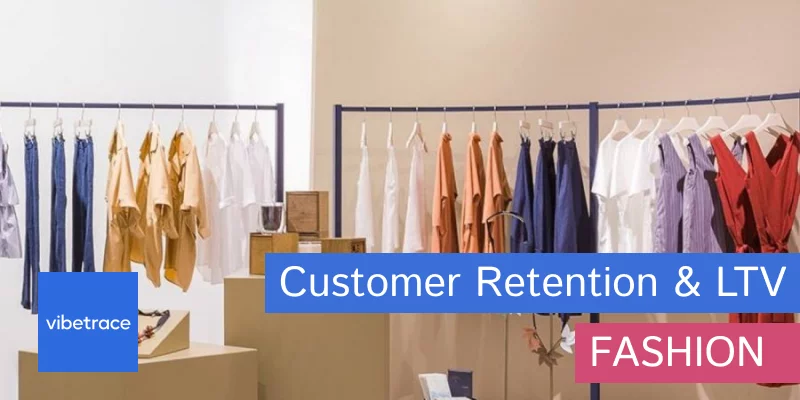
The fashion e-commerce industry is thriving, and competition is vicious. According to the latest research, …
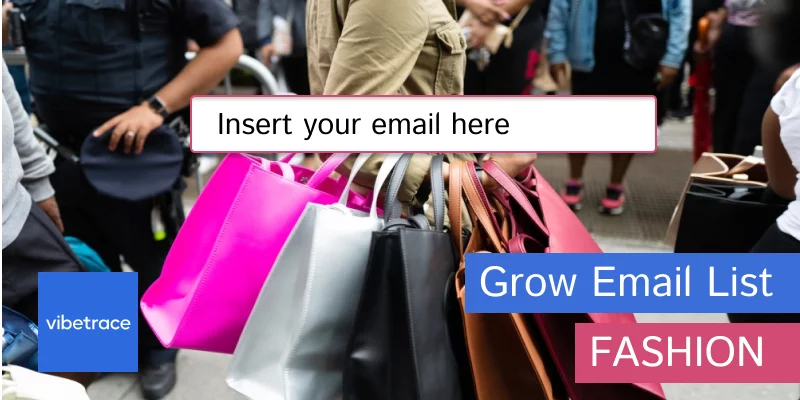
If you have your own fashion brand or you own a fashion store, growing your …
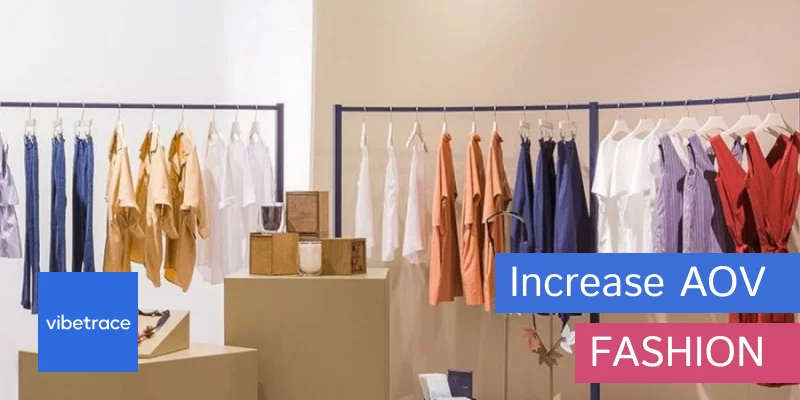
The goal of every fashion brand is to bring in maximum sales and profits. That’s …
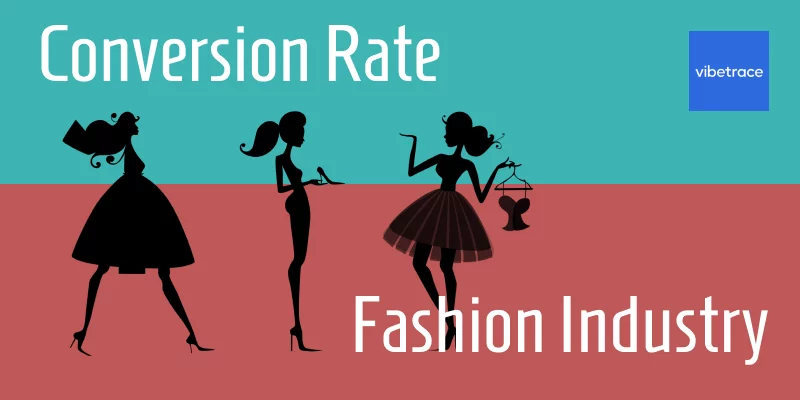
In 2022, the global market for fashion eCommerce was valued at $744.4 billion. However, this …
Sign up to our newsletter to get the latest articles sent right to your inbox!
Be sure to follow us online for even more great content.